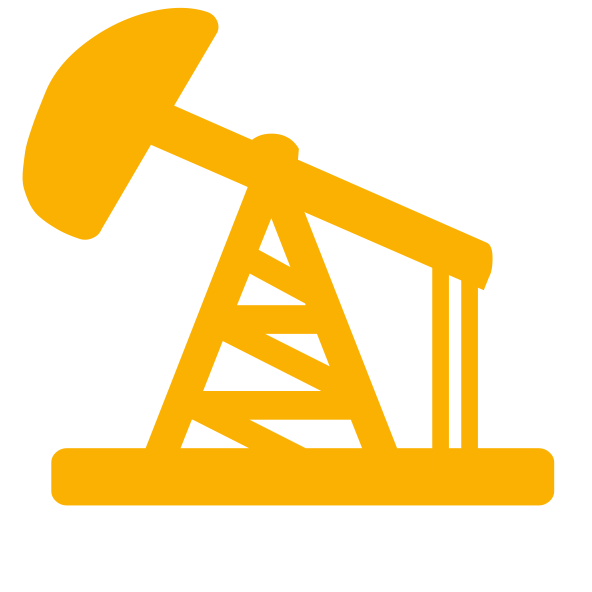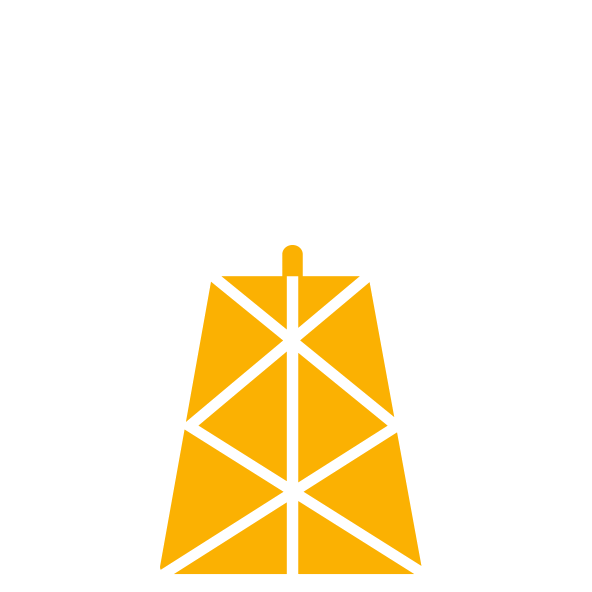The value of technology and intelligent integration to mitigate the risks and improve the management of process safety
Paperwork. Document-based forms. Spreadsheets. These have been the industry-standard when it comes to assessing and mitigating safety risks for the past 50 years. Manufacturing plants and industrial firms have been using static documents as a wall to protect against incidents. This produces a weak understanding of constantly changing threats along with gaps in security and safety. These weaknesses are often not found until it is too late. As technology has evolved; it’s time to move the documents aside in favor of connected workers, data and the potential that comes with the arrival of Industry 4.0. According to Jim Petrusich, co-writer of the book Industry 4.0 for Process Safety and a senior consultant at GOARC, industrial safety sits on the cusp of a change that puts the worker in the center of process safety with connected insights from real-time data.
“Insurance claims from major industrial incidents haven’t reduced over the past 40 years,” he adds. “Marsh produces an annual report highlighting accidents in the hydrocarbons industry, and clearly the traditional methods aren’t working. And yet, at the same time, there has been this major digital revolution in every sector and a surge in the amount of data that’s available. Now is the time to modernize process safety and risk management with digital solutions that will make a difference.”
Risk changes all the time
The reality is that risk changes all the time. In cold weather, systems are brittle; in hot weather, systems can overheat …and the weather is just one factor. There are many other abnormal conditions which threaten safety. These can be anything from instruments and assets failing to perform as designed to unexpected shutdowns. According to the Houston Chronical, a major chemical incident occurs every six weeks in the Houston area. This means each site has a 1 in 50 risk of a major incident every year. Operations and automation cannot perform their functions if they are blind to assets performing outside design. The worker is the key for not only testing and verifying asset integrity, but also being provided properly filtered data with prescriptive guidance.
Data has long been described as the new black gold of the business world, but for industries which harness tremendous energy this is even more important; decisions must be well informed, and risks well understood. “Since these factors are constantly changing,” says Petrusich. “Static documents will never provide an accurate enough picture.” Critical communication needs to flow smoothly between maintenance and operations, between operating work areas, and between shifts. Data must be aggregated and turned into intelligence which can seamlessly flow throughout the organization. It’s essential that companies look to solutions that can connect all the data that rests within the operation and provide quick and relevant guidance.”
 “It’s estimated that the Deep Water Horizon incident cost the company more than $54 billion. It was also the largest environmental disaster in US history,” says Petrusich. “Tests were skipped, data was misinterpreted, critical systems had not been checked, safety precautions were ignored, and operators prematurely initiated the well drilling start-up. Yes, Disastrous Decisions were made (the name of a book about the accident), but the fundamental problems lie much deeper. We must arm workers and managers with much better tools to guide understanding.”
“It’s estimated that the Deep Water Horizon incident cost the company more than $54 billion. It was also the largest environmental disaster in US history,” says Petrusich. “Tests were skipped, data was misinterpreted, critical systems had not been checked, safety precautions were ignored, and operators prematurely initiated the well drilling start-up. Yes, Disastrous Decisions were made (the name of a book about the accident), but the fundamental problems lie much deeper. We must arm workers and managers with much better tools to guide understanding.”
According to research by McKinsey & Company, the manufacturing sector collects more data per year than any other sector but ranks well behind other segments in utilizing the information. Although there is great potential leverage from connecting the dots and implementing safety 4.0, there is also the potential disadvantage of missing the big picture from data overload and lack of understanding.
The Connected Worker
“The concept of the connected worker and the intelligent use of data can fundamentally shift how companies operate, but there are problems that have to be overcome,” says Petrusich. “A solution has to be easy to use and simple to understand. It should combine the capabilities of a mobile device with all the collected data so that anyone will be guided to the right decision, not just a select few.”
Connecting contractors, workers, and other individuals on a site through mobile devices allows for fast communication and creates a far safer work environment. When a hazardous situation occurs, the devices will guide people away from harm, notify which proper PPE to use, track their location and provide a tool for two-way communication. First responders will know exactly what materials they need to resolve the incident, and where the people are who may need their help.
“Data has so much more potential today than ever in the past,” says Petrusich. “Fully autonomous drones which are programmed to detect anomalies, leaks or other risk factors fly around a site. They follow these routines, submit data to the system and return to their charging stations. This data is instantly integrated into a central platform and the relevant personnel dispatched to deal with any possible problems. The connected maintenance worker using a welding torch is notified of the leak, work is stopped, and the situation is resolved without loss of life or damage to assets.”
Of course, when the discussing Industry 4.0, autonomous drones and connected workers, cost becomes a concern. It’s not an inexpensive undertaking. But, as Petrusich points out, it’s a lot less expensive than loss of life, extensive damage, reputation issues and potential litigation. In fact, once installed, the long-term return on investment (ROI) of a scalable agile solution is significant. The connected worker is cost-effective. They need fewer physical tools, they can resolve problems faster, they are more efficient and productive, and they can communicate more effectively. They are not sitting and waiting for communication, thanks to data, systems, and digital processes, they can be more productive and proactively prevent incidents ensuring the right protections are in place.
“Taking the time to invest into a solution that connects workers is invaluable,” says Petrusich. “Workers are empowered and protected. They have access to important data that helps them to resolve issues in real time, and they can proactively engage with the business when they identify a problem or opportunity. It’s a holistic ecosystem that uses data to connect people and mitigate risk, while creating more data that can be used to improve and refine processes. Every step takes the business along a value chain that delivers consistent ROI.”
For organizations building new plants, this technology can be embedded from the outset, becoming part of the very foundation of the business. Using artificial intelligence (AI), machine learning (ML), automation, and intelligent tools, companies can start smart facilities that put connected workers and data at the center of the process. “We build in risk mitigation, providing systems designed to mitigate accidents and allowing for the business to learn from the lessons of the present.”
Connected Processes
“Connecting decisions to appropriately filtered data makes for a far safer and productive operation,” concludes Petrusich. “GOARC is designed to analyze the data intelligently, providing workers with the information required to guide decision making. This is all about the human factor, about protecting people, and removing accidental blindness to the information within the data. By connecting people to the right information, we are fundamentally changing the risk landscape. Data blindness can lose lives”
It’s a solution that has been recognized by Verdantix, an independent research and advisory firm that sets the standard for safety within the sector, as having advanced real-time critical event management and connected worker capabilities. The Verdantix Green Quadrant: Process Safety Management Software 2021 report describes GOARC as a platform (see also: process safety management) that offers users extensive data integration capabilities from several data sources, including the Internet of Things (IoT) sensors, wearables, and process applications. The firm goes on to highlight that GOARC scored 2.4/3.0 for critical event management (CEM), with strengths in emergency response management and drill management.
GOARC also received the highest score for Connected Worker capabilities at 1.9/3.0 – the highest out of 13 assessed providers. GOARC Safety is designed to connect devices and display data in real time on mobile devices with alerts for relevant personnel, this is supported by strong workflow capabilities for incident management with a score of 2.0/3.0. The report stated that this made the platform a solid choice for organizations looking to shortlist trusted services providers for the implementation of an integrated risk management platform.










